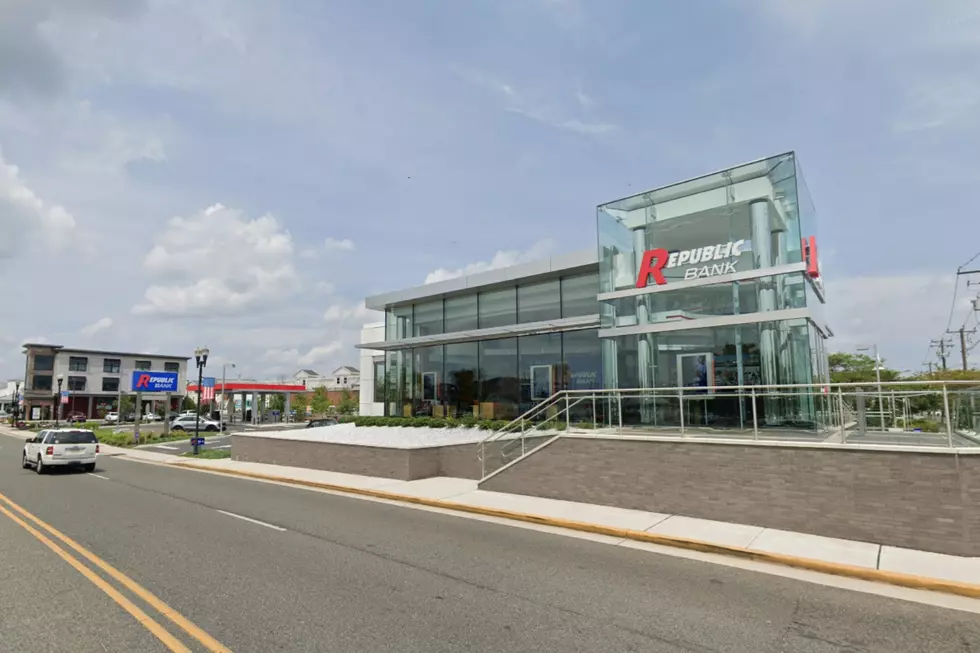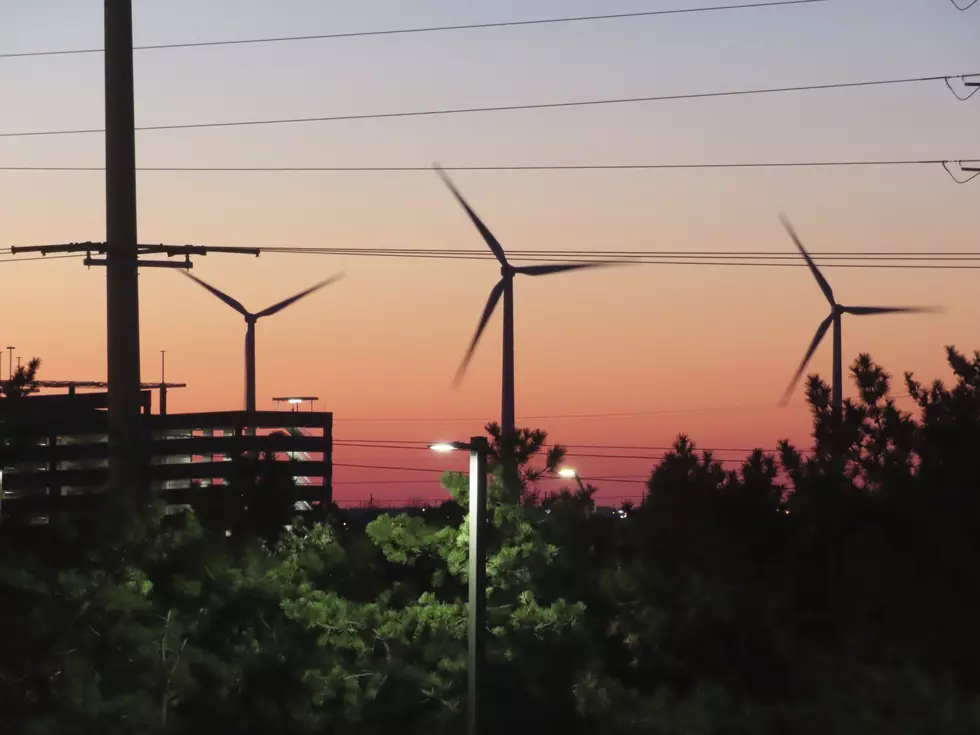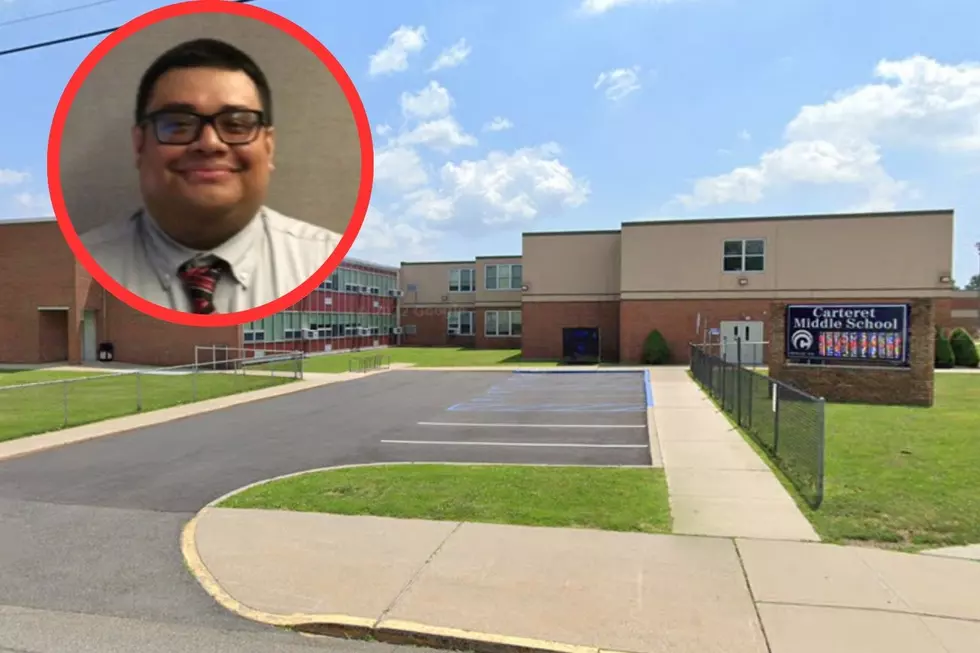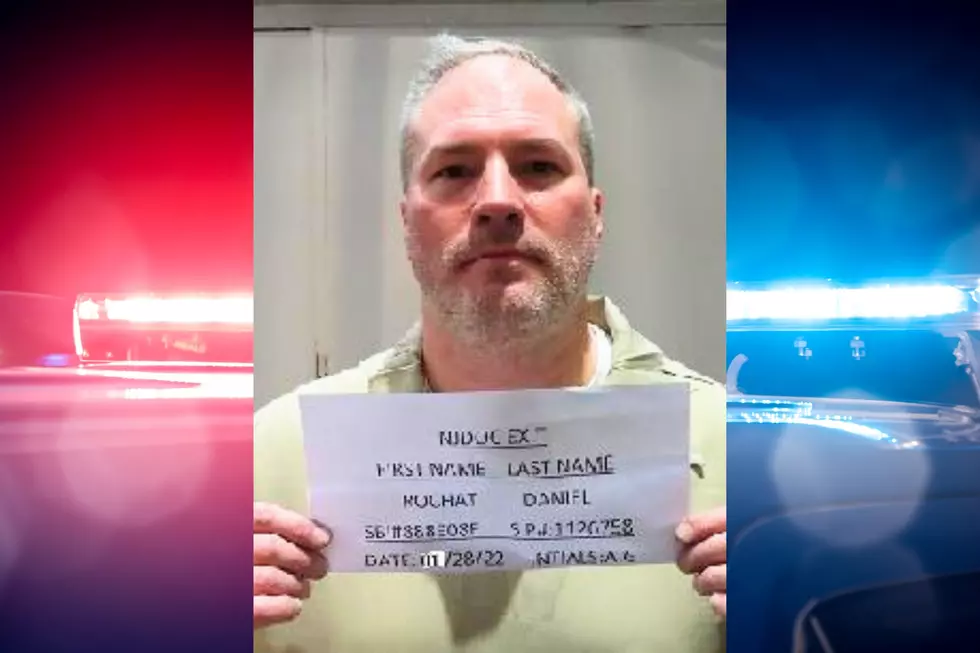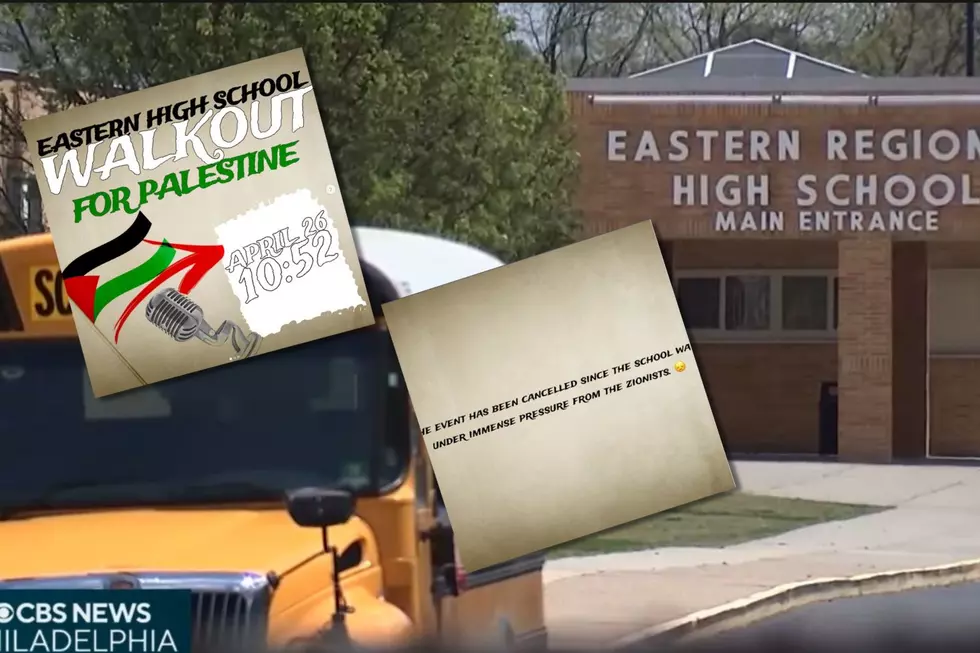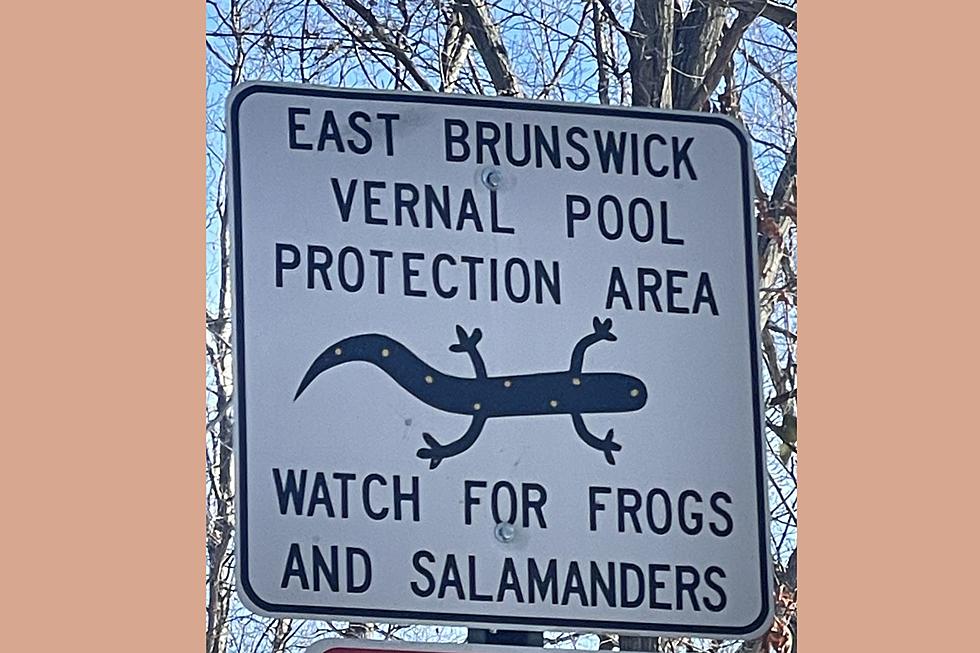
NJ will be closing some roads to allow these little critters to cross
EAST BRUNSWICK — Beware. Roads are closed. Salamanders are crossing.
You know spring is near in New Jersey when the annual salamander migration begins.
Starting Friday night, Beekman Road in East Brunswick, which turns into White Pine Road in South Brunswick will be closed during the overnight hours at Church Lane (East Brunswick) and at Davidsons Mill Road (South Brunswick) as salamanders cross the road to reach vernal pools on the other side, police said.
The annual road closure, typically from 5 p.m. to 6 a.m. will take place sporadically over the next several weeks, said East Brunswick Police Lieutenant Jason Fama. However, the road will not be closed every night and the migration is weather-dependent.
Generally, warm rainy nights in February and March are the ideal situations for salamanders to cross, Fama said.
Motorists can use Route 535 or Fresh Ponds Road as an alternate route.
Where are the salamanders going?
The salamanders are crossing the road because they live in the woods on one side of the road and they’re moving to a breeding pond on the other side, said Rutgers ecology professor, Peter Morin.
“This is an annual migration that they do usually early in the spring, late winter when the weather starts warming up, and it’s wet enough. They are going in mass to breed in that pond,” he said.
On any given rainy night, hundreds of salamanders will cross the road from the woods to the vernal pond to lay their eggs. Once the egg laying is done, they will sporadically cross the road back to the woods over the course of a month, Morin explained.
How long is the salamander migration?
It depends on the weather, Morin said. A cold night will slow them down, but if it’s above freezing, in the 40s and 50s, and it’s rainy, then there will be quite a bit of movement. But the salamanders will not cross during the daytime hours. They will only cross at night, hence the overnight road closures.
Why is this road in East/South Brunswick so important?
This particular spot in East Brunswick is apparently the last pond where the salamanders live in town, so it’s a special spot, Morin said.
“They close the road because the salamanders are sitting ducks when they cross the road. They don’t move very fast. People driving through don’t see them, and there’s a lot of mortality when the cars run over them. So, the East Brunswick Environmental Commission has taken the lead in closing those roads and it’s been a really good thing,” he said.
It has become an annual event where adults and children alike come out to see the salamander migration, Morin added.
What kind of salamanders will we see?
The salamanders crossing Beekman Road in East Brunswick are typically spotted salamanders, which are pretty amphibians, about eight to nine inches long.
“It’s dark in color, black and it has pretty yellow spots going down its back. So, they’re really conspicuous,” Morin said.
Mole salamanders spend most of their life in the litter or underground in the forests. But the springtime is when they get up and move to the ponds to breed. It usually only happens on just a few nights. Then they gradually move back out to the woods where they came from, Morin said. Those eggs that they deposited will hatch and turn into larvae that swim around in the pond and grow. Eventually, they transform and move back to the woods, as well.
Where else do salamanders migrate in NJ?
East and South Brunswicks are not the only towns in New Jersey where salamander migration is hopping.
Salamander migration is also popular in the northwest part of the state. The Delaware Water Gap also closes a section of road during migration season. You’ll find them near the Great Swamp in New Vernon, and Troy Meadows near Parsippany, where road mortality has been a problem in the past for these amphibians, Morin said. Long Valley and Allamuchy Township are also hot spots.
Besides road closures, tunnels have become an up-and-coming thing to prevent salamander mortality rates, Morin said. Salamanders and frogs will use them to some extent. Usually, there is a fence associated with the tunnel that funnels them towards the tunnel. But many still manage to cross the road and run the risk of being hit by cars.
Residents of Byram Township, Sussex County, have been petitioning the state government to build an under-road tunnel for the safe passage for amphibians to cross, according to the New Jersey Department of Environmental Protection. At Waterloo Road, more than 300 salamanders and frogs per hour have been tallied crossing a quarter-mile stretch on peak migration nights. Their goal is to reach the vernal pool on the other side, lay eggs, and travel back to the forest again. The DEP said that salamanders in this area are up against about 50 vehicles per hour or more.
Unlike the town of East Brunswick which can close a section of a road, the shortest detour option at Waterloo is 18 miles around and includes an interstate highway, the DEP reports. Shutting the road is not an attractive option for drivers, but a tunnel would be.
Another tunnel was built in the Assunpink Wildlife Management Area in Upper Freehold Township. In that spot, the passage consists of two under-road tunnels and fencing that helps guide the amphibians to the tunnels.
According to the Daily Record, in 2015, the state DEP installed the first tunnel in New jersey on River Road in Bedminster, near Route 202/206. The idea was to provide a safe passage for turtles, salamanders, and other wildlife from the Robert J. Stahl Natural Area and the North Branch of the Raritan River.
It’s tough to see the tiny salamanders crossing, especially on a dark, wet, rainy night, Morin said. The best thing to do is to close the roads for a few nights like in East Brunswick, if possible.
Still More NJ DOT humorous safety messages
Gallery Credit: Dan Alexander
More From WPG Talk Radio 95.5 FM
